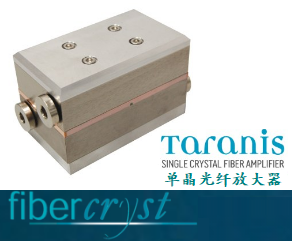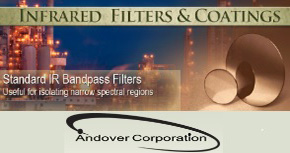公司简介
Crystalline Mirror Solution公司位于奥地利维也纳,成立于2012年。主要依托维也纳大学的基础物理研究中心,生产具有专利镀膜MBE技术的低噪声反射光学系统。
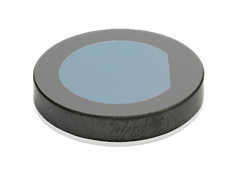
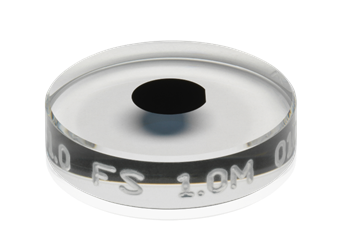

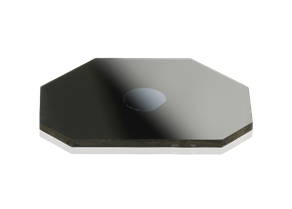
技术能力
Ultra-precise measurements of space and time
Using our technology, we can construct optical cavities capable of significantly improved thermal noise performance. Mirror assemblies produced with our coating technology offer up to a 10x reduction in thermo-mechanical (i.e., Brownian) noise compared to current state-of-the-art technology. We have demonstrated this unique thermal noise performance in collaboration with the Ye group at NIST/JILA (1). This substantial reduction in thermal fluctuations enables a significant improvement in the overall frequency stability of optical reference cavities, pushing the ultimate limits of linewidth and noise performance that can be achieved in stabilized laser systems. Given the fact that the last 15 years of research into the coating noise problem had only yielded a reduction by a factor of two, these results represent a long-awaited breakthrough for the precision measurement community. In addition, there are presently no viable alternatives that can achieve such low levels of thermal noise, while maintaining sufficient optical performance.
High resolution in trace gas sensing
For the past decades, IBS-deposited dielectric multilayers have been the most commonly used materials systems for low-loss mirrors in the NIR. One major limitation for these materials is significant levels of optical absorption for wavelengths beyond ~2 μm, which excludes operation of such low-loss reflectors in the mid-infrared (MIR). Compared to dielectric materials, AlGaAs-based DBRs can achieve much lower optical losses in the important spectral mid-IR region between 2 and 5 μm, with absorption losses below 10 ppm. In first tests using substrate-transferred semiconductor materials, performed in the Ye group at JILA/NIST, a cavity with a finesse exceeding 10,000 was demonstrated, while simultaneously exhibiting a cavity reflection contrast of 71%.
High thermal conductivity for high-power lasers
High-power lasers, which are used for a large number of industrial applications, are limited by the unavoidable residual absorption of the reflective optics being used in the lasers system. The low thermal conductivity of IBS coatings (in the order of 1 W/(m*K)) drastically limits the effectiveness of any heat sink solution and attempts to avoid heat-induced structural damage in both the coating and laser system. AlGaAs-based DBRs show a thermal conductivity at least 30x greater than in traditionally sputtered coatings. This significant performance increase makes substrate-transferred crystalline mirrors an ideal optical system for superior thermal management in harsh environments. Additionally, the intrinsic bonding process allows integration of the DBR onto arbitrary substrates, particularly for high-power optical applications, high-performance SiC or diamond substrates used as heat sinks.
产品列表

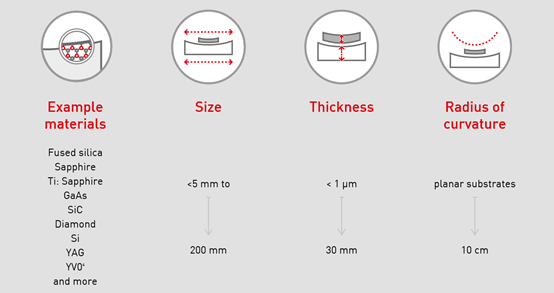
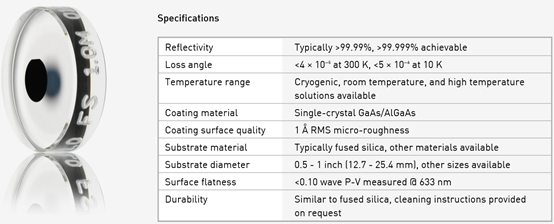


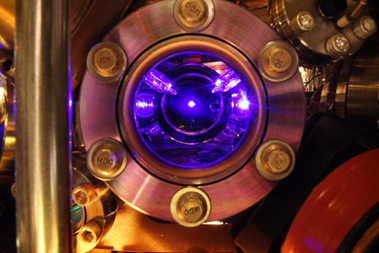
Precise Atomic Clocks
Low-temperature optical reference cavities using crystalline mirror technology are currently being tested and represent a new world-record in frequency stability. The expected stability surpasses the previously unattainable level of Δf/f below 10¹⁷ in one of second integration time and will establish a new milestone in the performance of optical atomic clocks.
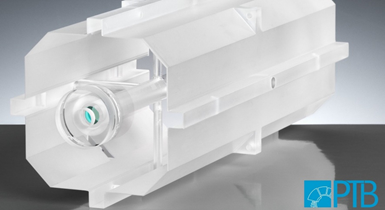
Optical Reference Cavities
Crystalline mirror technology allows for a significant reduction in the size of optical reference cavities, while simultaneously maintaining excellent noise performance. As a consequence, compact, space-based optical reference cavities are currently being developed. This serves as a primer for future space-based navigation systems using optical reference standards.
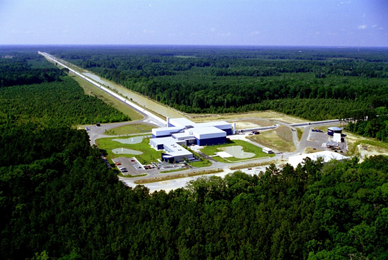
Gravitational Wave Detection
Crystalline coatings allow, for the first time, for the operation of laser-based interferometric gravitational wave detectors at the ultimate (standard) quantum limit. This goes hand-in-hand with a significant increase in the volume of observed space in a gravitational wave observatory. At this stage, large area-diameter crystalline coatings are being employed both at the German 10 meter prototype detector and the Australian 80 meter prototype detector, and further noise tests are underway at LIGO.
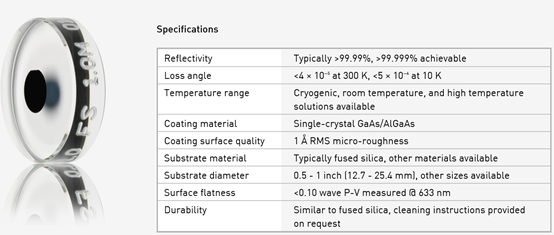
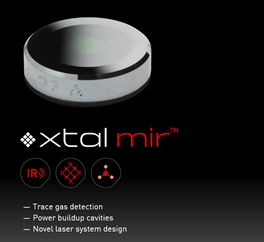
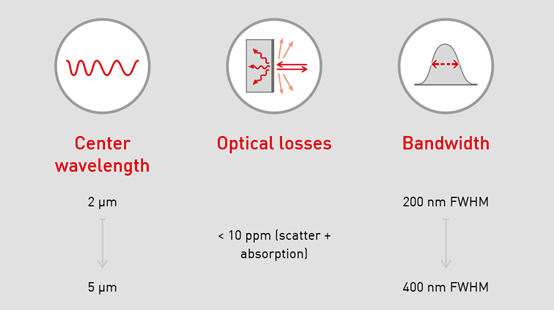
Trace Gas Sensing
The potential for unprecedentedly low optical losses in the MIR spectral regime open the way to completely new capabilities of MIR laser systems and applications, including medical and environmental monitoring. The latter is of significant interest as many large molecules for atmospheric science, medicine, and national security have fundamental vibrational transitions in this region, making it ideal for trace detection efforts. Cavity enhanced detection methods provide the best sensitivity and low-loss optical systems based on crystalline mirror technology will be able to generate a significant impact for such MIR sensing applications. Even without dedicated development efforts, the first crystalline MIR cavity ringdown prototype mirrors already show an optical performance on par with the best coatings present on the commercial market.
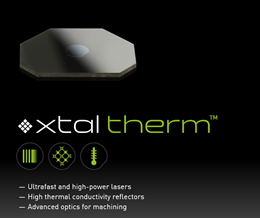

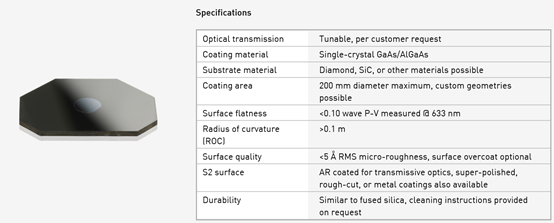

High-Power Lasers
xtal therm is our Crystalline Supermirror solution for high-power and ultrafast laser systems. With a thermal conductivity >30× higher than traditional sputtered coatings, there mirrors offer superior thermal management in harsh environments and are typically integrated with high-performance SiC or diamond substrates. Active functionality (e.g. saturable absorption) may also be realized in these structures.








